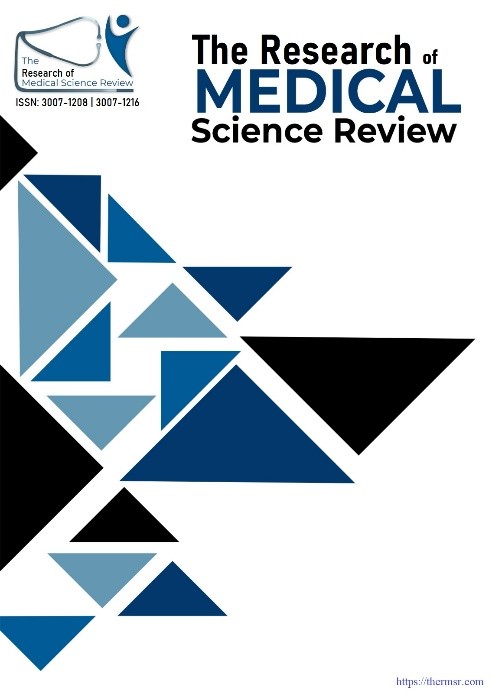CIRRHOSIS IN NAFLD, RELATIONSHIP OF ELASTOGRAPHY FINDINGS AND LFTS-RANDOMIZED CONTROL STUDY
Main Article Content
Abstract
Objectives
Non-alcoholic fatty liver disease (NAFLD), commonly linked to obesity and metabolic comorbidities such as type 2 diabetes, hypertension, and dyslipidemia, is a growing global health concern. NAFLD can progress from simple steatosis to non-alcoholic steatohepatitis (NASH), fibrosis, cirrhosis, and hepatocellular carcinoma. This study aimed to evaluate the diagnostic value of liver stiffness measurements (LSM) via elastography compared to traditional liver function tests (LFTs) in patients with NAFLD-associated cirrhosis.
Methodology
A randomized controlled study was conducted on 120 adult patients diagnosed with cirrhotic NAFLD, divided equally into two groups: an Elastography Group (n=60) and a Control Group (n=60). The intervention group underwent transient elastography (FibroScan), while the control group received standard clinical assessment and LFT monitoring. Correlation between LSM and LFTs was analyzed alongside decompensation risk during a 6-month follow-up.
Results
Baseline characteristics were balanced between groups. The Elastography Group showed LSM values ranging from 7.5 to 32.8 kPa (mean: 17.6 ± 6.1 kPa). Significant correlations were observed between LSM and AST (r=0.62), ALT (r=0.46), INR (r=0.41), and albumin (r=–0.52). Patients with LSM >14.0 kPa had a significantly higher risk of decompensation (60% vs. 18%, p<0.001). Early therapeutic intervention was initiated in 12 patients based on rising LSM values.
Conclusion
Elastography is a reliable, non-invasive tool that correlates strongly with liver injury markers and facilitates early detection of disease progression in NAFLD-related cirrhosis. It may serve as a valuable alternative to liver biopsy in clinical monitoring.
Downloads
Article Details
Section

This work is licensed under a Creative Commons Attribution-NonCommercial-NoDerivatives 4.0 International License.
